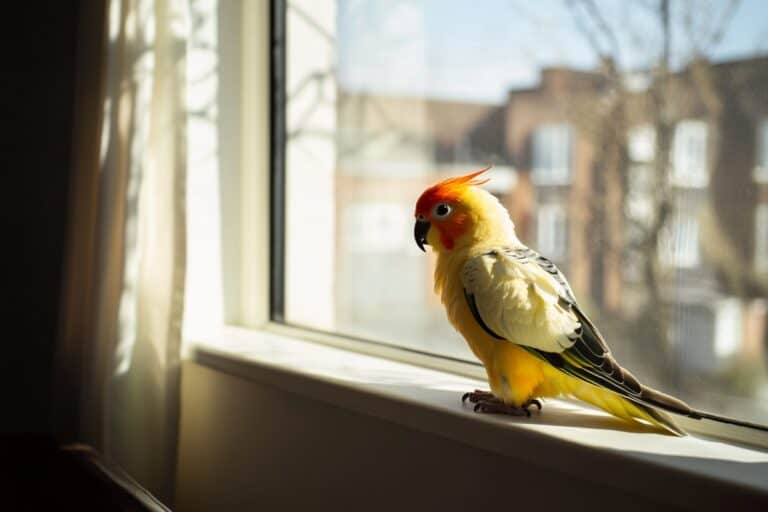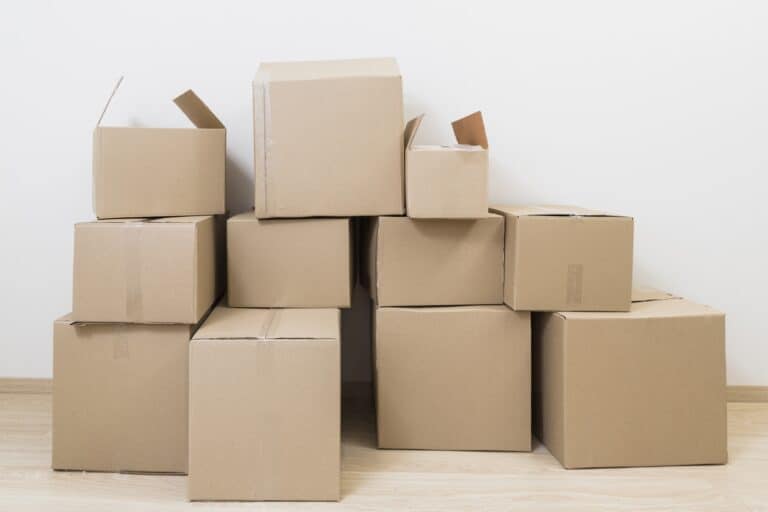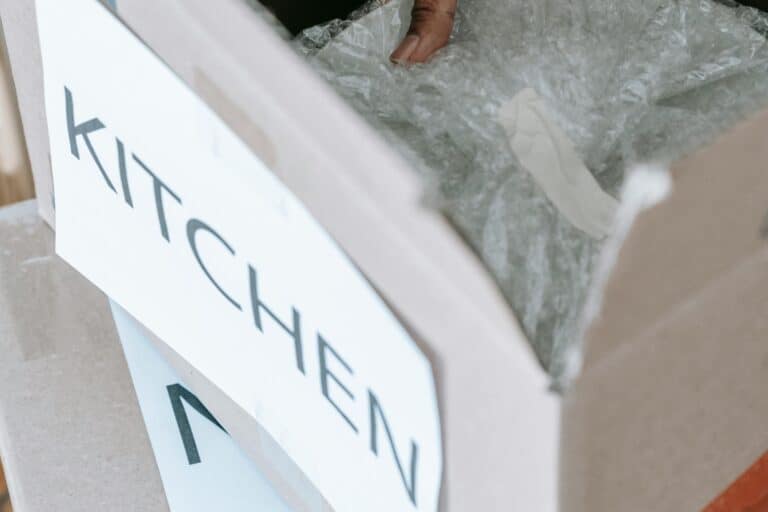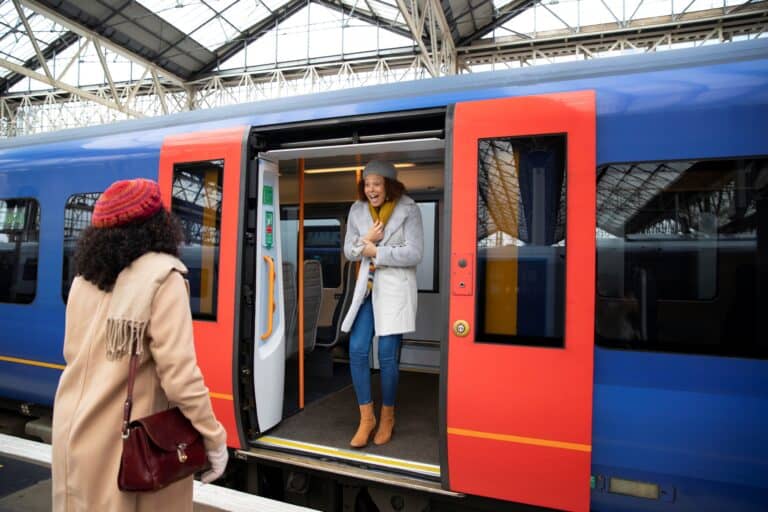Moving to South London? Peel back the layers of housing options, transport links, schools, lifestyle and more with our focused guidance. Here’s a succinct snapshot of things to consider when relocating to South London, ensuring you’re equipped with the knowledge to make your transition as smooth as possible. Avoid surprises and set realistic expectations as we delve into the facets of life in this vibrant part of the city.
Key Takeaways
- South London has diverse neighbourhoods, from the artistic energy of Brixton to the family-friendly vibe of Wimbledon. Each area offers unique features like green spaces, strong transport links, and a range of property types catering to different lifestyles.
- Housing market nuances are key, with average property prices around £742,046 and flats being the most common homes. With comprehensive transport options, South London is well-connected through the Tube, Overground, buses, and river services, easing the commute throughout the city.
- The cost of living in South London is high compared to other UK regions, with everyday expenses and inflation affecting budgets. Key factors include an average monthly cost of over £4,200 for a single person, and advice on financial planning underscores the importance of budgeting for increased expenses.
Assessing South London’s Neighbourhoods
South London offers a tapestry of neighbourhoods, each with its own distinct character and charm. Here are some of the neighbourhoods you can explore:
- Brixton: artistic and energetic
- Wimbledon: family-oriented
- Clapham: vibrant and trendy
- Dulwich: leafy and picturesque
- Greenwich: historic and scenic
Understanding the nuances of these areas is key to finding your perfect spot.
We’ll now examine some prominent neighbourhoods and their unique features.
Vibrant Community Hubs
If you’re drawn to lively social scenes and artistic vibes, Clapham, Peckham, and Crystal Palace are the places to be.
Clapham is famed for its:
- large green space, Clapham Common, which serves as a central hub for community activities and leisure
- great transport links
- plethora of restaurants, pubs, and shops
making it a popular place to live.
Peckham, on the other hand, attracts young professionals and artists with its bohemian atmosphere and vibrant demographic. The bustling social life in Peckham Rye Park and the array of modern living spaces make it an exciting neighbourhood to explore.
Family-Friendly Locales
For those seeking a quieter, family-oriented environment, Wimbledon stands out. Known for its excellent schools and recreational green spaces, Wimbledon provides a safe and nurturing atmosphere for raising children. The area also offers a variety of multicultural restaurants and independent cafés, catering to diverse family needs.
Despite its family-friendly reputation, Wimbledon doesn’t lack a vibrant nightlife, ensuring there’s always something to do for both adults and children.
Upmarket and Serene Districts
For an upscale living experience, Wandsworth and Battersea are prime choices. Wandsworth offers a mix of leafy Victorian and Edwardian houses as well as modern riverside apartments, providing a serene yet sophisticated lifestyle.
Battersea, with its scenic riverfront and modern living spaces, presents a blend of historical charm and contemporary luxury. The proximity to boutiques and the ever-popular Battersea Park adds to its appeal, making it a sought-after area for those looking for a serene yet vibrant community.
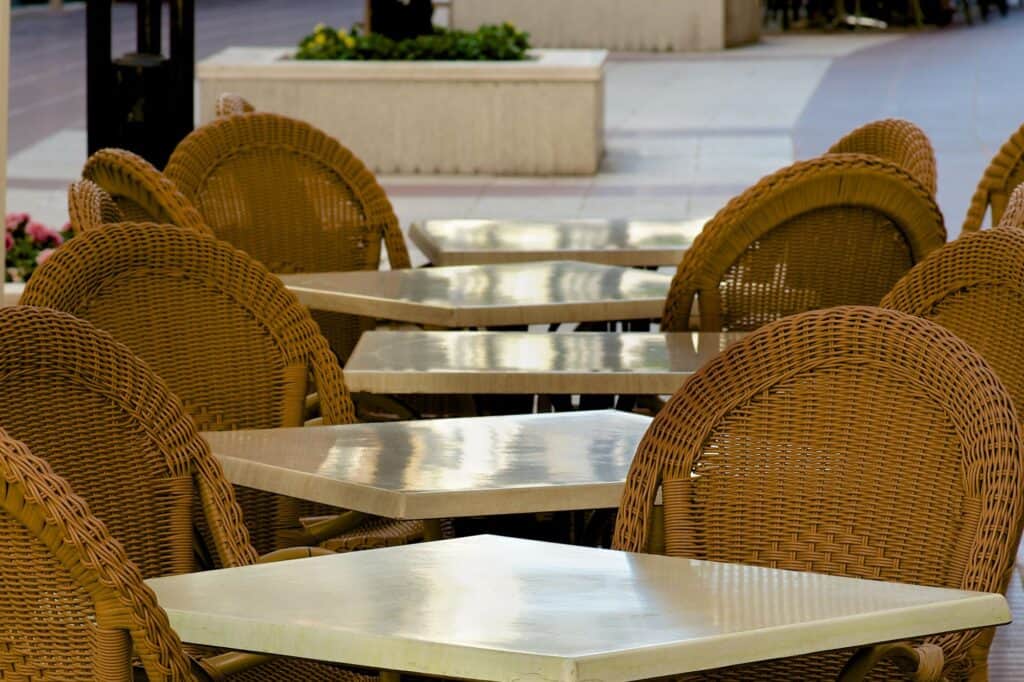
Housing Market Insights
Navigating the property market in South London can be a daunting task, but understanding recent trends and price points can help. Here are some key points to consider:
- The average property price in South London currently stands at approximately £742,046.
- Flats are the most common type of property in South London, averaging £571,421.
- While property prices have seen a slight decrease recently, they remain higher than in previous years, indicating a robust market.
Whether you’re looking to rent or buy, South London’s housing options provide diverse opportunities to suit different budgets and preferences.
Renting vs Buying
One of the key decisions when moving to South London is whether to rent or buy. Renting can be more affordable in the short term, with a 1-bedroom flat averaging £1,456 per month, compared to the city centre’s £2,178. However, renters should be prepared to spend a significant portion of their monthly income on rent.
On the flip side, buying a property can be a worthwhile investment, especially given the range of historical and contemporary homes available. To manage costs effectively, consider flat sharing or choosing locations further from Tube stations.
Property Types Explored
South London is a treasure trove of property types, including:
- Georgian and Victorian homes
- Modern apartments
- Historical properties in areas like Dulwich, offering a nostalgic charm with Georgian, Victorian, and Edwardian homes
- Victorian terraces in Battersea have also seen significant regeneration efforts, introducing new modern properties that blend seamlessly with the historical architecture.
Whether you prefer the elegance of a period home or the convenience of a modern apartment, South London and North London have something to offer, including the iconic Tate Modern and vibrant town centre.
Transportation Links
One of the major perks of living in South London, particularly in areas like South West London, is its excellent transportation network. From the Tube and Overground to an extensive bus network and river services, getting around is convenient and efficient. Areas like Wimbledon and Tooting are particularly well-connected, making commuting a breeze.
We’ll now examine the available transport options in detail.
The Tube and Overground
The Tube and Overground services in South London are vital for easy access to Central London and beyond. The East London Line extension has significantly improved connectivity, linking key areas and enhancing accessibility. In Wimbledon, residents can choose between the District Line and the Northern Line, providing multiple routes into the heart of the city.
Wandsworth also benefits from excellent transport links, including the District Line and National Rail services from Wandsworth Town station.
Bus Networks and River Services
Beyond the Tube and Overground, South London offers alternative transport options like the Thames Clippers. These river services provide a scenic and efficient way to travel along the River Thames, serving 24 piers from Barking Riverside Pier to Putney Pier, including the iconic London Bridge.
The extensive bus network further enhances connectivity, ensuring residents can easily navigate the borough …
The extensive bus network further enhances connectivity, ensuring residents can easily navigate the borough and reach other parts of the city.
Educational Opportunities
Education is a significant consideration for families and young professionals moving to South London. The area boasts a diverse range of primary and secondary schools, alongside higher education institutions offering various programs.
We’ll now examine the best schools and higher education prospects in South London.
Top-Rated Schools
South London is home to some of the best schools in the UK, catering to different educational needs, including primary schools. Wilson’s School in Wallington and St. Olave’s Grammar School in Orpington are among the top state secondary schools. Comprehensive schools like St. Thomas the Apostle College in Nunhead are also highly regarded.
For those seeking independent education, King’s College School in Wimbledon and James Allen’s Girls’ School in Dulwich are top choices.
Higher Education Prospects
Higher education in South London is equally impressive, with institutions like London South East Colleges offering a wide range of programs from vocational to degree-level education. Specialised academies such as Big Creative Academy cater to arts and music, providing unique educational opportunities for young professionals.
These institutions not only contribute to the academic landscape but also play a significant role in the community through cultural events and research initiatives.
Lifestyle and Amenities

Living in South London means enjoying a vibrant lifestyle enriched with numerous amenities. From lush green spaces to a diverse culinary scene, the area offers a perfect balance of city life and serene retreats. We’ll now examine the leisure and recreational activities, along with the arts, culture, and dining experiences that make South London an attractive location to live.
Leisure and Recreation
South London’s blend of urban living and serene landscapes is epitomised by areas like Battersea and Brockwell, as well as the vibrant South Bank. Battersea Park is a prime example, offering a variety of leisure activities such as boating, a children’s zoo, and athletic facilities.
Brockwell Lido, with its outdoor pool, gym, spa, and café, serves as a vibrant community hub attracting diverse residents for wellness activities.
Arts, Culture, and Dining
The culinary and cultural scene in South London is a feast for the senses. Borough Market and Brixton Village are hotspots for food lovers, offering an array of international cuisines from French to Ethiopian.
The cultural vibrancy extends to royal parks like Battersea Park and Greenwich Park, where visitors can enjoy street food and cultural experiences, blending leisure with culinary delights.
Safety and Community Well-being
Safety and community well-being are crucial aspects of living in South London. While some areas have higher crime rates, local policing and community initiatives are in place to enhance security. The neighbourhood watch programs and cultural integration efforts contribute significantly to the overall well-being of residents.
We’ll now examine the crime statistics, trends, and the available health and social services.
Crime Statistics and Trends
Understanding crime rates and trends is essential for assessing neighbourhood safety. Here are some key statistics for South East London:
- Annual crime rate: 38.3 crimes per 1000 people (higher than the national average)
- Violent crime: accounts for a significant portion of incidents
- A recent increase in violent crime
However, active community safety initiatives, including neighbourhood watch programs, are working towards enhancing security.
Health and Social Services
South London offers a comprehensive network of healthcare facilities, ensuring accessible medical care for residents. The newly opened Battersea & Nine Elms Outpatients Centre provides various healthcare services, including private GP and specialist consultant-led clinics. Facilities like The Lister Hospital offer extensive care, ranging from outpatient services to complex specialities.
Additionally, councils like Bromley provide resources for mental health support, contributing to the overall well-being of the community.
Cost of Living Comparison
When considering a move to South London, understanding the cost of living is crucial. Compared to other regions in London and the rest of the UK, South London’s expenses are significantly higher. As of mid-2024, a single person’s average monthly cost of living exceeds £4,200.
From groceries to dining out, everyday expenses can add up quickly. We’ll now break down these costs and offer some advice on financial planning.
Everyday Expenses
Managing your budget in South London involves being mindful of everyday expenses. Grocery shopping at stores like Sainsbury’s, Lidl, or Tesco can help save money compared to upscale markets. Utility costs, including gas, electricity, and water, average around £160 per month.
Dining out ranges from £11 to £20 for an inexpensive meal and £20 to £40 at mid-range restaurants. A pint of beer typically costs £5, while a cocktail is around £12.
Financial Planning Advice
Inflation has significantly impacted the cost of living, with a sharp increase of 10.3% in March 2023. Council Tax is another mandatory expense for individuals over 18 who rent or own property, unless they qualify for exemptions such as full-time student status.
NOTE
Effective financial planning requires careful consideration of these cost increases and mandatory expenses. This approach ensures a balanced budget is maintained for living comfortably in South London.
Relocation Resources and Support
Relocating to South London can be a smooth process with the right resources and support. Relocation services offer comprehensive assistance, from property and school searches to settling in and managing utilities. Additionally, local directories like the Lewisham Community Directory can help you find local businesses, community organisations, and facilities.
We’ll now examine some of the moving services and community groups available to assist with your relocation.
Moving Services
South London boasts a variety of reputable moving companies that cater to individuals relocating to the area. Moving companies offer tailored services, ensuring your possessions are safe with Goods in Transit and Public Liability insurance. These companies are known for their positive customer reviews, comprehensive insurance options, and adherence to a professional code of practice. They also provide additional services such as international removals, professional packing, secure storage, and disposal services.
Community Groups
Community groups in South London play a vital role in helping newcomers settle in and feel at home. These groups offer support and advice, fostering a sense of belonging and community. For example, the Lewisham Community Directory lists various community groups tailored to local boroughs, making it easier for new residents to connect and integrate.
These groups also organise events and activities that promote cultural integration and community well-being.
Summary
Relocating to South London offers a vibrant and diverse living experience, from bustling community hubs and family-friendly locales to upscale districts. Understanding the housing market, transportation links, educational opportunities, lifestyle amenities, and safety aspects can greatly aid in making an informed decision. With the right resources and support, your move to South London can be a smooth and rewarding journey. Embrace the dynamic lifestyle that South London has to offer and make the most of your new home.
Frequently Asked Questions
What are some of the best neighbourhoods to live in South London?
If you’re considering South London, check out Clapham, Peckham, Wimbledon, Wandsworth, and Battersea for great neighbourhoods with different vibes and amenities. Each of these areas offers unique benefits for different lifestyles.
How is the housing market in South London?
The housing market in South London has an average property price of around £742,046, with flats being the most common type. Renting is generally more affordable than buying, offering options based on your budget and preferences.
What are the transport options available in South London?
In South London, you can easily get around using the Tube, Overground, buses, and even river services like the Thames Clippers. Plenty of options to explore!
Are there good schools in South London?
Absolutely, South London is home to a variety of highly-rated primary and secondary schools, along with higher education options such as London South East Colleges. So, there are definitely good schools in the area.
What are the living costs in South London?
Living costs in South London are high, with a single person’s average monthly expenses exceeding £4,200, including groceries, utilities, dining out, and entertainment. It can be pricey, so budget accordingly!

